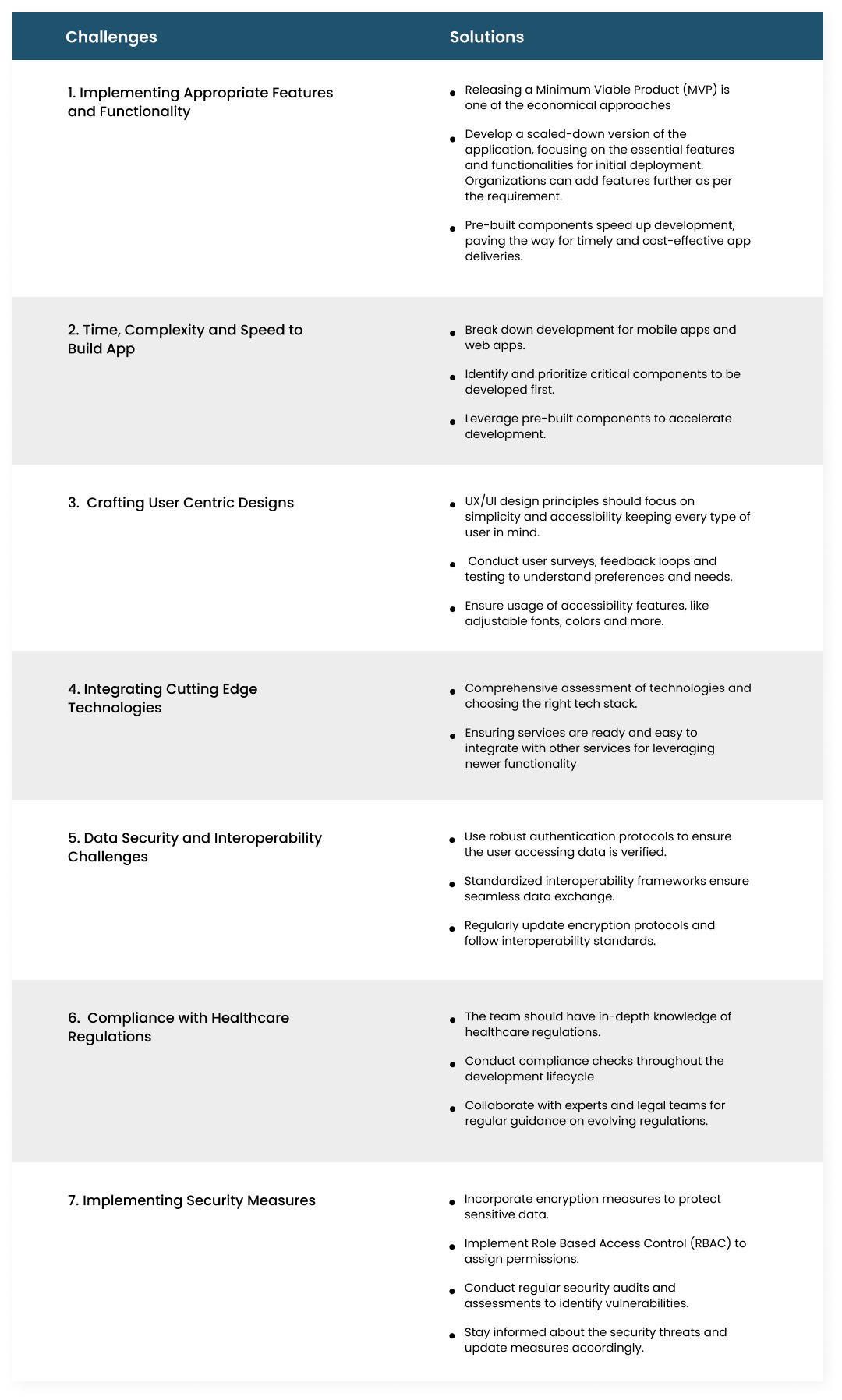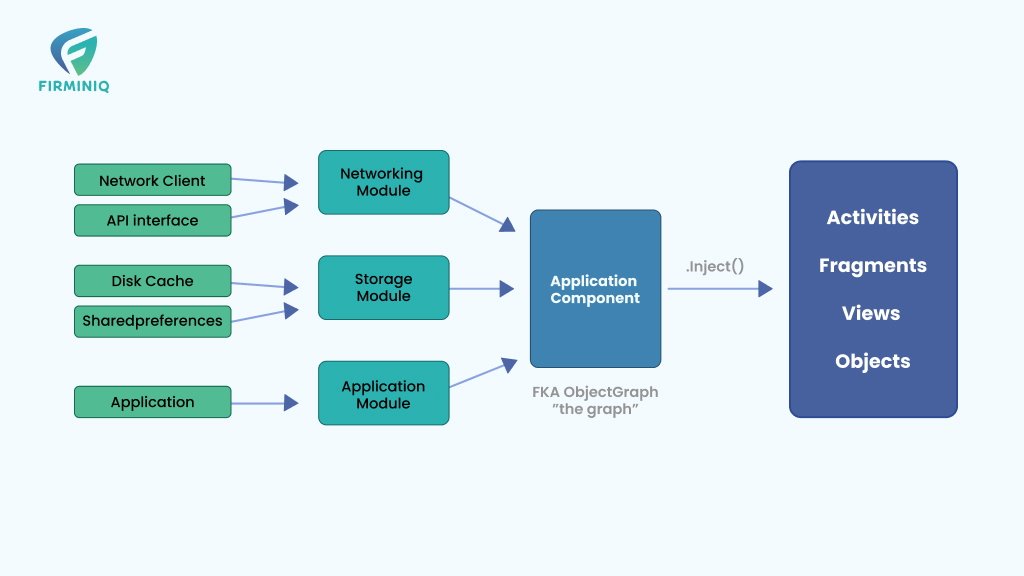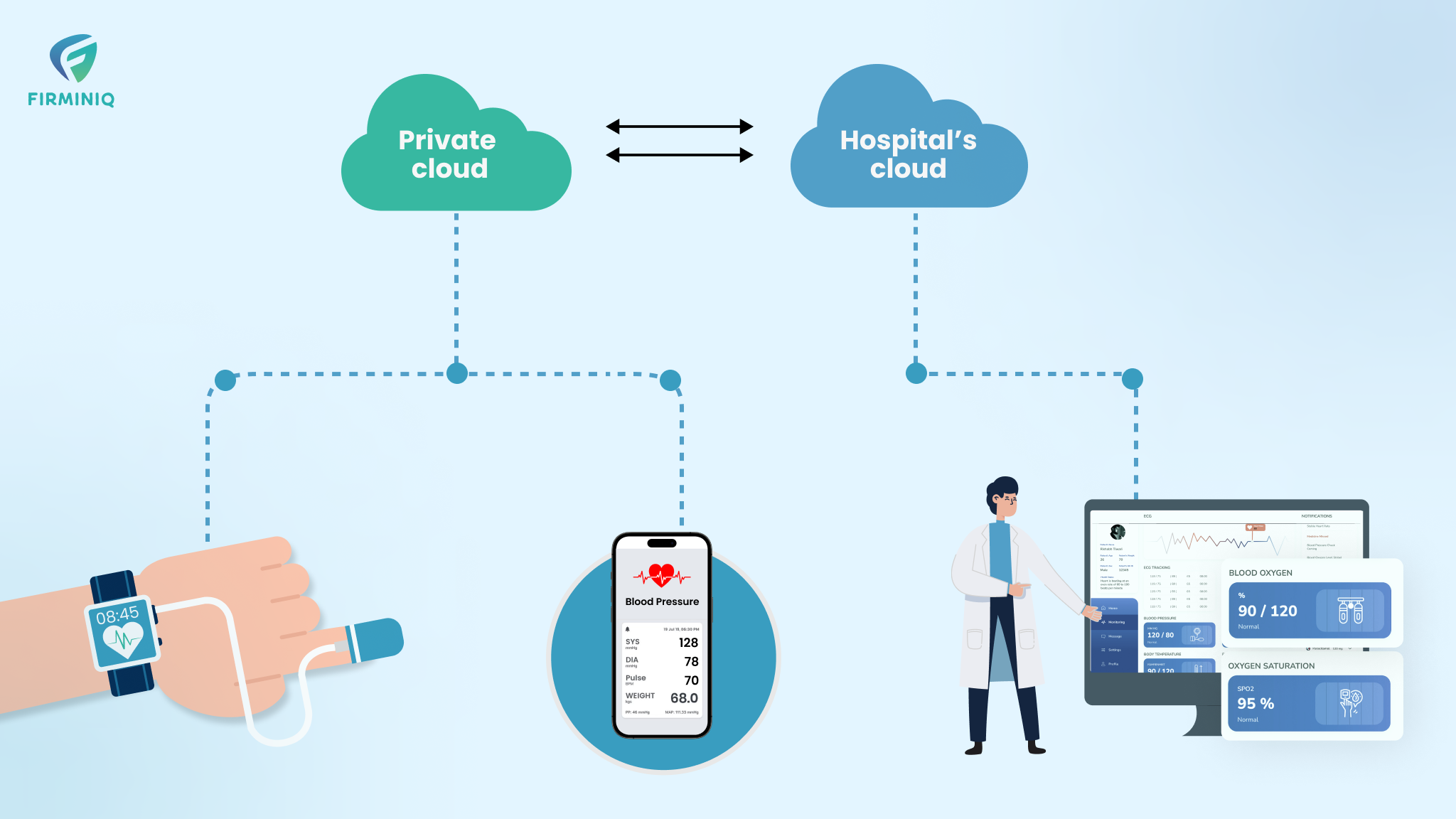The rapid pace of technological advancement in healthcare has significantly transformed the industry, with connected health apps playing a critical role in this evolution. The demand for personalized experience for users and streamlined operations for businesses are amongst the driving forces behind the increasing adoption of connected health applications in healthcare.
Building connected healthcare applications from scratch can be a complex endeavor and requires a thorough understanding of different regulations, interoperability, user experience considerations, and lots more. Implementing these elements needs a right balance, making the development of connected healthcare apps a challenging task for the organizations.
This blog post aims to guide you through the complicated process of building connected health apps from the ground up. From decoding healthcare regulations to ensuring data security, interoperability, and user-centric designs, we will navigate the complex challenges, offering insights and strategies to empower organizations to successfully craft impactful solutions that bridge the gap between technology and healthcare.
Navigating the Complex Challenges in the Healthcare Landscape
Successfully navigating through the healthcare app development complexities is imperative for organizations looking to deliver optimal patient care, tackle technological advancements, and comply with stringent regulations. Let’s discuss these challenges.
1. Implementing Appropriate Features and Functionality
Healthcare organizations constantly face the challenge of implementing suitable features and functionalities to meet user expectations and changing needs. Development of each feature is a time, resource, & cost-consuming task. Healthcare organizations facing constrained budgets and tight schedules find themselves in a more challenging position.
2. Time, Complexity and Speed to Build App
Developing a secure comprehensive healthcare app involves components like mobile apps, web apps, medical devices, cloud setup, monitoring, etc. The complexity arises from integrating these diverse elements, which requires thorough planning for execution. As the healthcare environment requires swift solutions, time and speed are the critical factors organizations must consider. Balancing time and speed efficiency with the complex nature of the healthcare app development poses significant challenges.
3. Crafting User Centric Designs
Healthcare applications are used by different stakeholders including healthcare professionals, administrative staff, patients, etc. Every user has varied needs and preferences. Therefore, balancing the user interface is vital to meet the end user needs.
4. Integrating Cutting Edge Technologies
Integration of innovative technologies like Artificial Intelligence, Machine Learning, and IoT in connected healthcare apps requires thorough understanding, domain expertise and careful planning. Ensuring these technologies enhance the user experience is pivotal for the success of healthcare applications.
5. Data Security and Interoperability Challenges
Healthcare organizations deal with plenty of patient data and other health-related information including medical test reports, history, and diagnostic results. Organizations bear the significant responsibility of protecting personal health information amid the ever-changing landscape of cybersecurity threats and breaches.
6. Compliance with Healthcare Regulations
Healthcare apps deal with sensitive patient data, requiring strict adherence to data protection regulations such as HIPAA (Health Insurance Portability and Accountability), MDA (Medical Device Regulation), FDA regulations, GDPR (General Data Protection Regulation), etc.
7. Implementing Security Measures
Implementing security measures without hampering access to healthcare data is a critical challenge. The challenge arises due to the balance required between ensuring confidentiality, integrity and availability of sensitive information while offering efficient access to healthcare professionals.
Solutions that Help Navigate the Challenges
By addressing the challenges mentioned above, organizations can navigate the complexities of building connected healthcare apps, and foster innovation, while delivering user-friendly applications. Let us address each challenge head-on.
Maximizing Impact with MVPs and Ready-to-Use Components
By skillfully navigating challenges and embracing best practices, organizations can significantly contribute to developing healthcare apps and enhancing patient outcomes. Yet, it is not always imperative for healthcare organizations to construct the app from scratch and incorporate all features. An MVP presents a viable alternative, enabling healthcare organizations to mitigate risks and reduce costs effectively. It also offers a streamlined path to test and refine the app before proceeding to full-scale development.
MVP serves as a valuable approach for healthcare organizations who want more innovation with reduced and optimized costs. The method is well aligned with the dynamic and evolving nature of the healthcare industry.
How can FIRMINIQ Help?
At FIRMINIQ, we not only provide expertise in building connected healthcare applications but also offer ready-to-use components that can be seamlessly integrated into your app. This advances the development timeline and ensures a robust foundation for your healthcare app. We help accelerate your project timeline with our offerings. A few examples include:
- ConnectedCareGo SDK, which helps seamlessly connect to diverse medical devices with data visibility in real-time, that has the potential to amplify decision–making and improve patient care.
- InteractIQ an accelerator offering audio, video, and text chat for customer interactions with capabilities to enhance business outcomes.
Our ready-to-use components serve as a foundation for building robust and innovative healthcare applications. If you are a healthcare organization looking to build a healthcare app, reach out to us!







